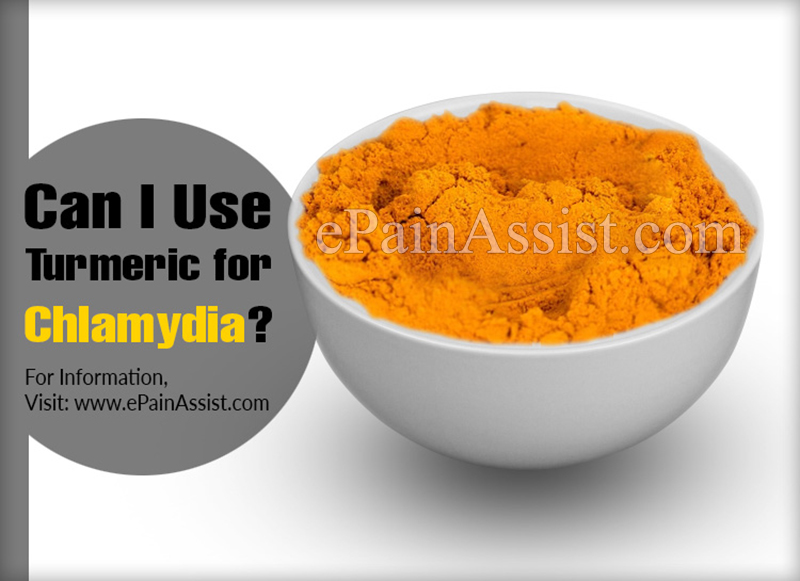Chlamydia is the most common bacterial sexually transmitted disease in the US according to Center for Disease Control and Prevention (CDC). It is caused by Chlamydia trachomatis. Chlamydia is common in both men and women and frequently found in young people than in older individuals. Chlamydia is found in mucus membrane of genitals, rectum, oral cavity and even eyes and lungs in few cases when it is transmitted from mother to child at the time of childbirth. In most cases it goes unnoticed, but when symptomatic presents with symptoms of vaginal discharge, abnormal vaginal bleeding, dysuria, pain during sex, lower abdominal pain in women to penile discharge, pain on urination or testicular pain in men. Chlamydia, since most of the time is asymptomatic; it can lead to complications such as pelvic inflammatory disease in women, which if left untreated can even lead to infertility.
Pelvic inflammatory disease (PID) is the spread of bacterial infection up and beyond the cervix to the uterus, fallopian tubes and ovaries. PID is very common in females and it has been estimated that about 90% cases of PID are a result of untreated Chlamydia/gonorrhea infection. The risk factors of PID are previous history of sexually transmitted disease, history of PID, multiple sexual partners and unprotected sexual intercourse. PID will present with symptoms of abnormal vaginal discharge, abnormal vaginal bleeding, and pain during sex, lower back pain, lower abdominal as well as right upper abdominal pain, dysuria, fever, irregular periods and/or nausea and vomiting. If left untreated then it might lead to chronic pelvic pain, ectopic pregnancy and even infertility.
It is best to visit a doctor if an individual is experiencing the symptoms and she will be examined and diagnosed with the help of either one or combination of clinical pelvic exam, blood tests, ultrasound, endometrial biopsy and/or laparoscopy. If the woman is tested positive for PID then she is generally treated with a course of antibiotic for eradication of Chlamydia infection. However, it is better to prevent the infection with safe and protective sexual practice along with regular STD check of yourself and your partner and to stay in a monogamous sexual relationship.

Can I Use Turmeric for Chlamydia?
Can I use turmeric for chlamydia treatment? Generally, antibiotic is used as the first line of treatment for Chlamydia infection, but in recent times turmeric is gaining popularity for the treatment of PID as everyone wants natural treatment without any side-effect of allopathic medicines. Turmeric has been used since ancient era for its medicinal properties. It is a common spice in an Indian kitchen and is used in preparing vegetables and curries. It has various health benefits as it has bioactive compounds that enhance the bodies healing capability along with providing a boost to the immune system.
It coagulates blood and helps stop bleeding, and keeps heart healthy too. It also has antiseptic, antioxidant, anti-inflammatory, antifungal, antiviral and antimicrobial property. Turmeric is also considered effective against Neisseria gonorrheae bacteria that cause gonorrhea, which is another STD. Its antibacterial property has been attributed to curcumin that is found in it. For the treatment of Chlamydia, it is advisable to add a pinch of turmeric to a glass of warm milk and drink it twice daily and it has been postulated that 500 mg daily can help to treat Chlamydia. There are also capsule forms of turmeric/curcumin available in market for treatment of Chlamydia and various other ailments.
Although, turmeric has been found to have antibacterial, antifungal, antiviral and other health benefits, but it is still advisable to consult a physician before starting turmeric for the treatment of Chlamydia. The use of turmeric is not substantiated in the treatment of Chlamydia due to lack of research and proper studies regarding the treatment course and proper dosage along with side-effects, so it is best advisable to use it as an adjunct to antibiotics and not take it as the only treatment for Chlamydia. However, it is always best to prevent Chlamydia with safe and monogamous sexual practice and the use of protection in the form of condom.
Also Read:
- Chlamydia Infection: Causes, Symptoms, Treatment, Prevention
- Top 20 Health Benefits of Turmeric with Milk or Haldi Ka Doodh
- Amazing Benefits of Turmeric Milk to Soothe Your Cough
- Turmeric – An All Rounder: 10 Beneficial Effects of Turmeric
- 7 Amazing Things That Turmeric Does For Us
- What Are The Risks of Untreated Chlamydia?
- Can Chlamydia Go Away On Its Own Without Treatment?
- Long Term Effects of Chlamydia
